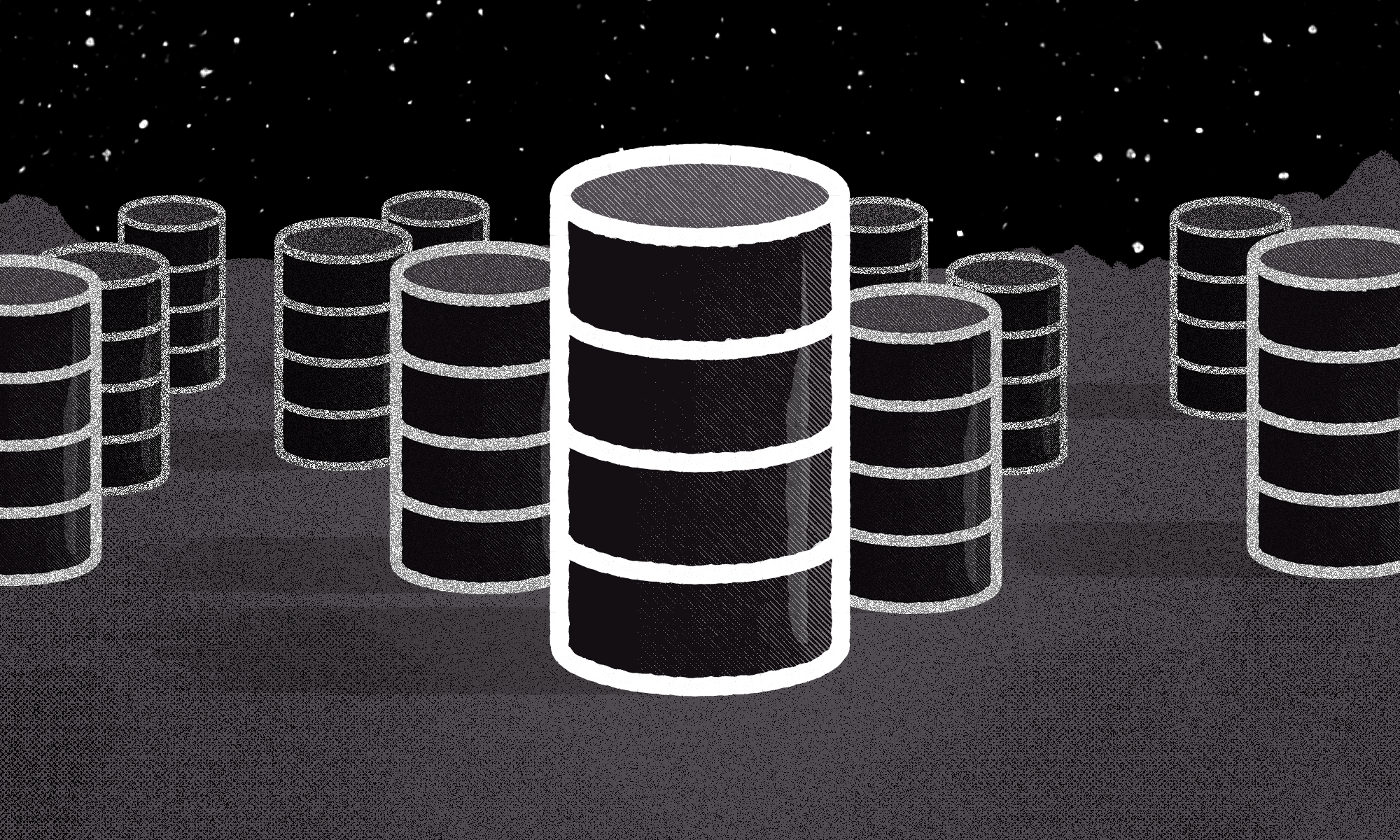
Drupal, a robust and versatile content management system, relies heavily on databases to store and retrieve content and configuration data. The Database API (Database Abstraction Layer or DBAL) in Drupal 9 is a crucial component that allows developers to interact with the database in a structured and secure way. In this blog post, we will explore the Database API in Drupal 9, its key features, and how to use it effectively.
Prerequisites
Before delving into the Database API in Drupal 9, ensure you have the following:
- A Drupal 9 installation.
- Basic knowledge of Drupal development, including writing custom modules and themes.
- Familiarity with PHP and SQL.
What is the Database API?
The Database API is a set of functions and classes in Drupal that provide a standardized way to interact with the database. It abstracts the underlying database system, allowing developers to write database queries and execute them in a secure and consistent manner. Whether you're fetching content, saving user data, or querying configuration information, the Database API is the bridge between your Drupal application and the database.
Key Features of the Database API
- Database Abstraction: The Database API abstracts the database system, meaning you can write queries in a database-agnostic way. Drupal can work with different database engines, such as MySQL, PostgreSQL, and SQLite.
- Security: The API helps prevent SQL injection and other security vulnerabilities by automatically escaping and sanitizing user input.
- Caching: It provides caching mechanisms for frequently executed queries, reducing the load on the database server and improving site performance.
- Query Builder: The Database API offers a query builder class for constructing complex queries in a structured and readable format, without the need to write raw SQL.
- Transactions: You can use the Database API to manage database transactions, ensuring data consistency and reliability.
- Schema Handling: Drupal's Schema API helps define the structure of the database tables and fields, making it easier to manage database changes and updates.
Using the Database API
Here's a brief overview of how to use the Database API in Drupal 9:
1. Querying the Database:
$query = \Drupal::database()->select('node', 'n')
->fields('n', ['title', 'created'])
->condition('n.type', 'article');
$result = $query->execute()->fetchAll();In this example, we select fields from the 'node' table, apply a condition, and execute the query to retrieve a result set.
2. Using the Query Builder:
$query = \Drupal::database()->select('node', 'n');
$query->fields('n', ['title', 'created'])
->condition('n.type', 'article');
$result = $query->execute()->fetchAll();The Database API's query builder provides a more structured way to build queries.
3. Inserting Data:
\Drupal::database()->insert('mytable')
->fields(['name', 'email'])
->values(['John Doe', 'john@example.com'])
->execute();You can use the insert method to insert data into a table.
4. Updating Data:
\Drupal::database()->update('mytable')
->fields(['name' => 'Jane Doe'])
->condition('email', 'john@example.com')
->execute();To update records, use the update method.
5. Deleting Data:
\Drupal::database()->delete('mytable')
->condition('email', 'john@example.com')
->execute();The delete method removes records from a table.
Conclusion
The Database API is a fundamental component of Drupal 9, providing a secure and efficient way to interact with the database. Whether you're fetching content, saving user data, or querying configuration information, understanding how to use this API effectively is essential for Drupal developers. By utilizing the Database API's features and best practices, you can build robust and performant Drupal websites.
Comment
Simply wish to say your…
Simply wish to say your article is as amazing. The clearness for your post is simply nice and i could assume you are a professional on this subject. Fine together with your permission allow me to clutch your feed to stay up to date with impending post. Thank you one million and please continue the gratifying work.
My spouse and I absolutely…
My spouse and I absolutely love your blog and find the majority of your post's to be exactly what I'm looking for. Do you offer guest writers to write content in your case? I wouldn't mind composing a post or elaborating on a lot of the subjects you write with regards to here. Again, awesome web log!
Add new comment